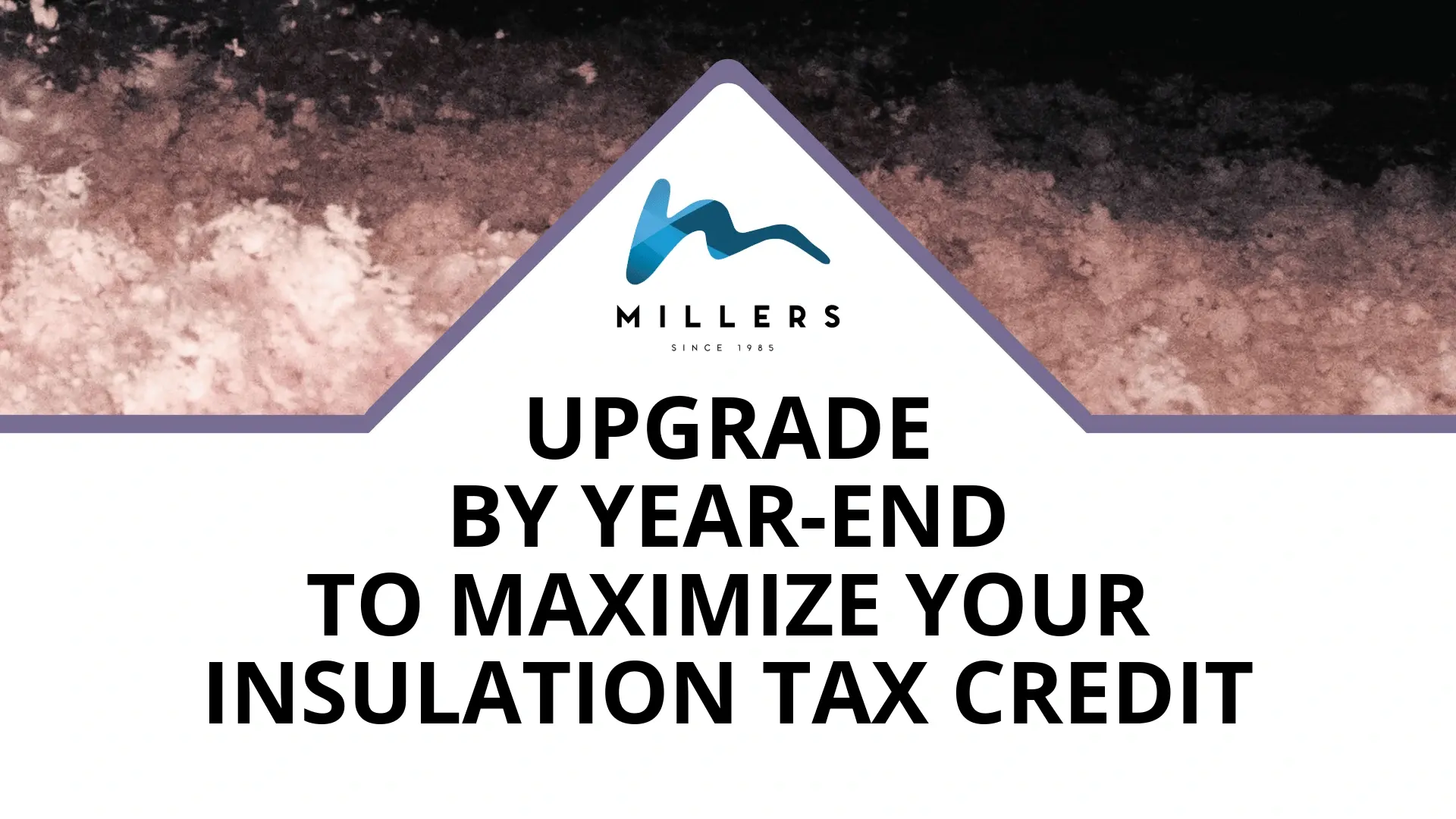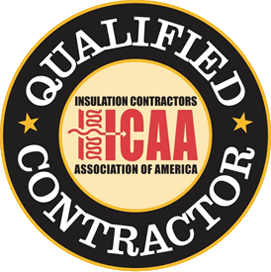You may spend very little time up in your home’s attic, and part of the reason for your reluctance could be the way your attic insulation looks. Many materials used for insulating attics, especially very old insulation materials, look downright … odd. Here is how to know what you’ve got up there, and what the appearance of your attic and insulation tells you about their condition.
What Does Your Attic Look Like?
A properly insulated attic will not show joists, the horizontal wood framing members that are simultaneously the bottom of roof trusses and the top of your living space ceilings. If you see joists, you have insufficient insulation.
Signs of pest invasion include “dirt,” which are really rodent droppings or insect droppings, torn paper backing on insulation, and odd stains in random places.
Look up, at the underside of your roof sheathing. If you see black or green splatters, you probably have mold. If you see streaks and stains — or worse, actual water dripping — you have water infiltration from a leaky roof.
Attic Insulation Looks Like Dirt
This is a toughy because the appearance of dirt is very much in the eye of the beholder. You could have vermiculite (see kitty litter, below), or you could have dirt trails caused by invasive pests.
Some dirt beneath rafters could be from termites, which excavate and eliminate wood as they go about destroying the very timbers holding up your home. You may want to consider getting a pest control technician to assess your attic.
A much older house could have small piles of dirt and debris from construction decades earlier, left undisturbed since workers trod on the roof. That dirt may have fallen between the sheathing, the underside of the roof.
Attic Insulation Looks Like Sawdust
If your home is old enough (19th century), your attic insulation that looks like sawdust could be … sawdust. Newspapers, sawdust, catalogs and just about any cheap or free cellulose have all been used to provide minimal insulation in old homes. Sawdust was easily distributed between joists and provided about R-1 per linear inch, so filling the open spaces between 8″ joists yielded only R-8, inadequate R-value for today’s energy-conscious home.
Sawdust by itself is both a pest attractant and a fire hazard. It also can become moldy when water contacts it. Insulation experts can remove the sawdust before blowing in fluffy, helpful fiberglass or cellulose insulation that provides far greater R value.
Attic Insulation Looks Like Kitty Litter
Granular insulation is probably vermiculite, a crystalline-appearing compound that insulates at about R-2 per linear inch. If the spaces between 8″ joists in your attic are filled to the top with vermiculite, you have an R-16 attic. That is skimpy insulation and can easily be doubled, lowering your energy bills.
Vermiculite is mined, baked hydrated laminar minerals, aluminum-iron magnesium silicates. The chief problem with vermiculite manufactured before 1990 is it may contain asbestos, a known carcinogen. Some authorities claim vermiculite insulation is worse for your health than no insulation at all. If in doubt, ask your local insulation experts on solutions to a vermiculite-insulated attic.
Easy Answers
The easiest way to get correct answers to your attic insulation questions is by contacting us at Millers. We can evaluate your attic, determine the insulation material and its R-value, and make recommendations to improve your home’s energy envelope.











